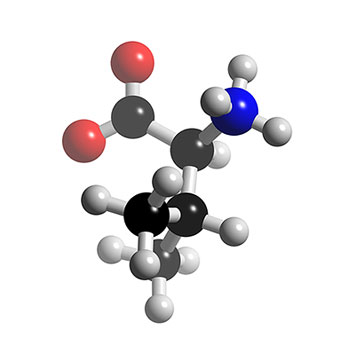Amino acids nutritional supplement formulations for elder people health; a suggestion for a different investigation approach

Amino acids are well known to exhibit significant health boost effects when taken in optimum quantities and their lack has been correlated with various negative effects including psychological disturbances, loss of muscular and bone mass, and others. Of special attention is the positive effect that they may provoke on specific population groups that suffer from known health problems, such as elderly people. Several studies have been published on the subject, and major guidelines are presented here.
In relevant research works, different amino acids have been supplied to patients at different combinations, contents and rates. Such recipes include any of the following amino acids:
- L-Leucine
- L-Lysine
- L-Isoleucine
- L-Valine
- L-Threonine
- L-Cysteine
- L-Histidine
- L-Phenylalanine
- L-Methionine
- L- Tyrosine
and others. Supplying amino acids as nutritional supplements has been proved to increase health of elderly people in terms of reducing mild depression and increasing muscle strength. Long term effects should also be investigated since it is possible that they could reveal other improvements related to energy transfer, organ functionality, improvement of cardio vascular status, and others.
Up to now, most studies have focused on multi amino acids mixtures, trying to simulate a ‘complete’ nutritional approach effect on the health of older people. However, the opposite approach might provide a better and more efficient way to investigate specific effects of essential amino acids on health of older people. Different studies have revealed the synergistic effects of amino acids, but single amino acids effects are well established as well. A viable and promising technique would be to investigate combinations of amino acids in increasing number of components, thus advancing to the next greater group of amino acids only when conclusions are reached for a specific combination. Such a work would be based on probabilities theory and potential calculations of a number of given amino acids. Different methodologies exist to investigate such processes, for example Monte Carlo statistical approaches. Working with such methodologies can lead to better understanding of published experimental results and better estimations on health improvement of older people.
Optimization of nutritional supplements composition is less likely to be successful when a large number of amino acids are utilized simultaneously. On the other hand, an additive technique, starting at a low number of amino acids can provide significant advances in the search for such optimum formulations. The methodology of addition should follow a ‘gradient’ measurement of effects, focusing on the largest changes towards required properties. Using published results on low numbers of components can increase the rate of this trial and error procedure. An important advantage of such a technique is that masking effects can be avoided, since addition of components is a step by step procedure. A similar approach would be characterized as reducing the components of a mixture of numerous components to investigate the effects of each compound in the mixture. Both techniques are expected to be used in a larger extend by the scientific community.
